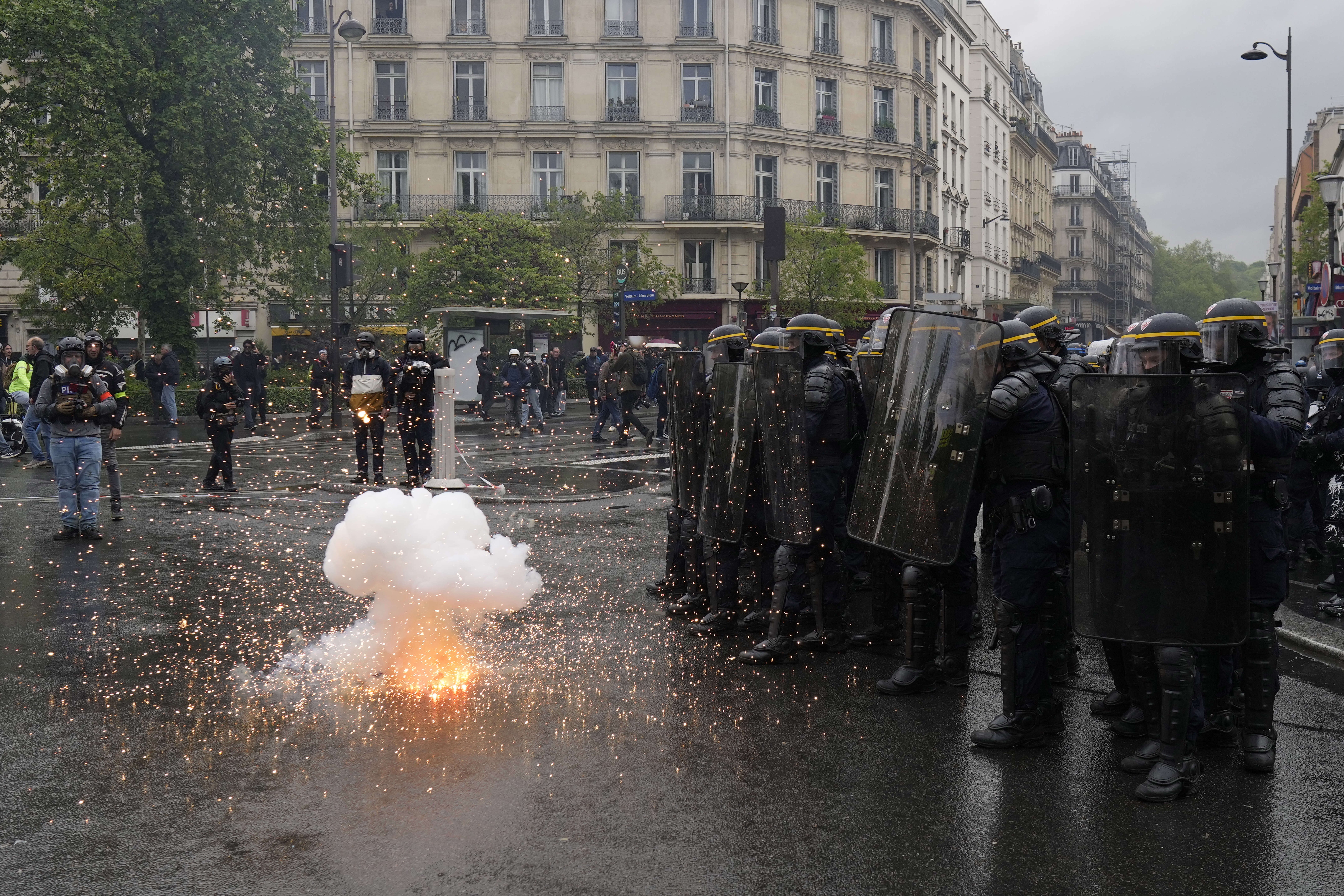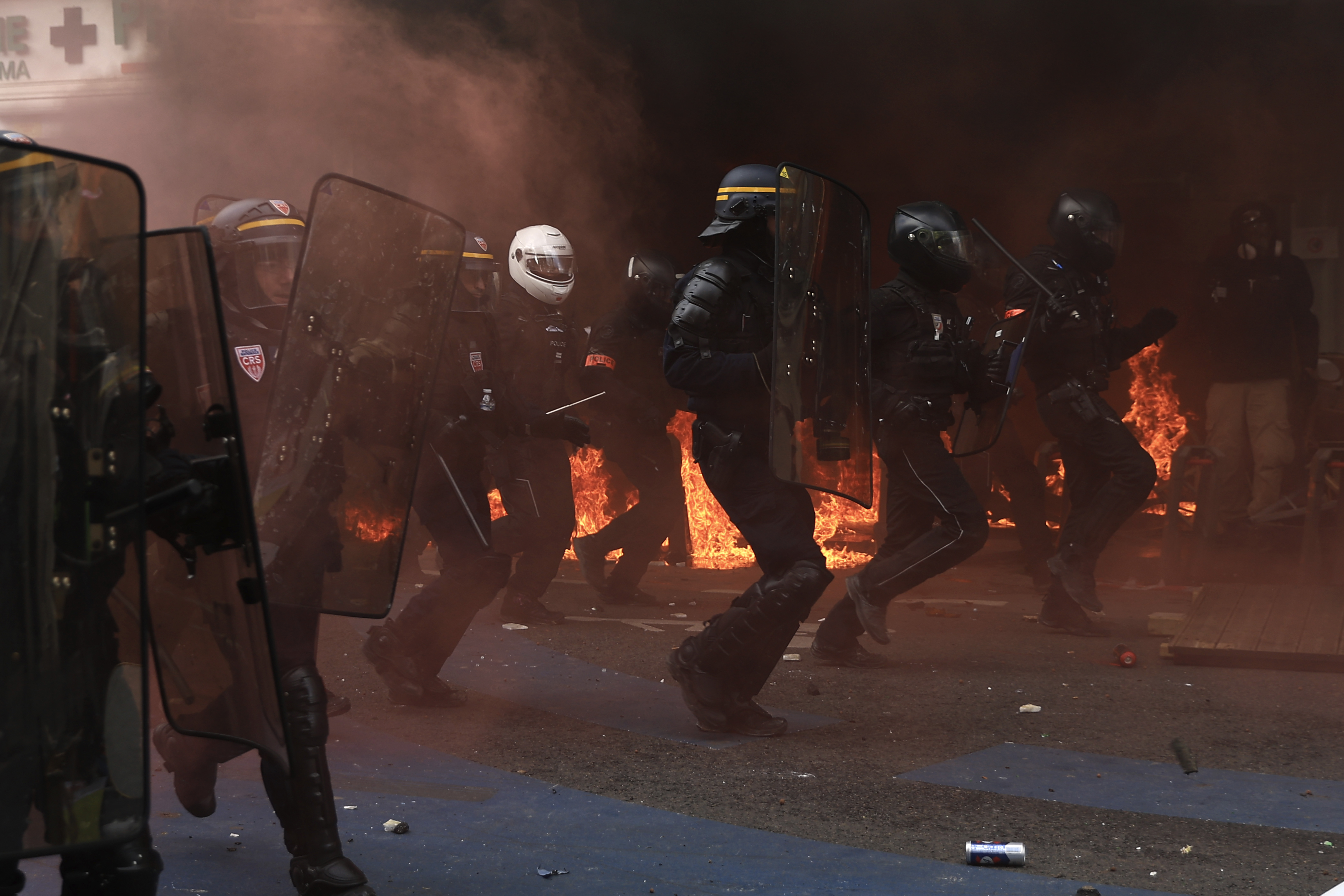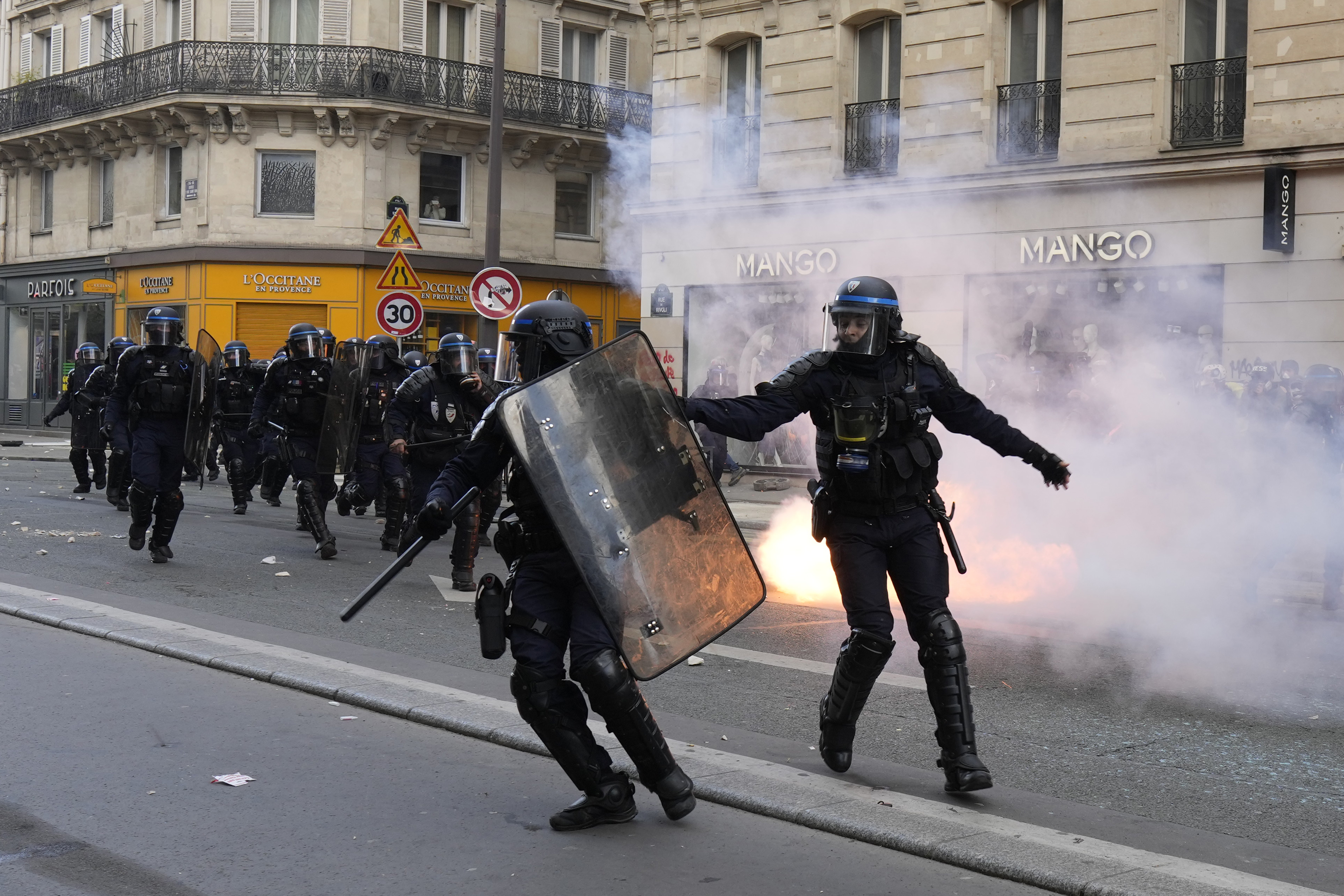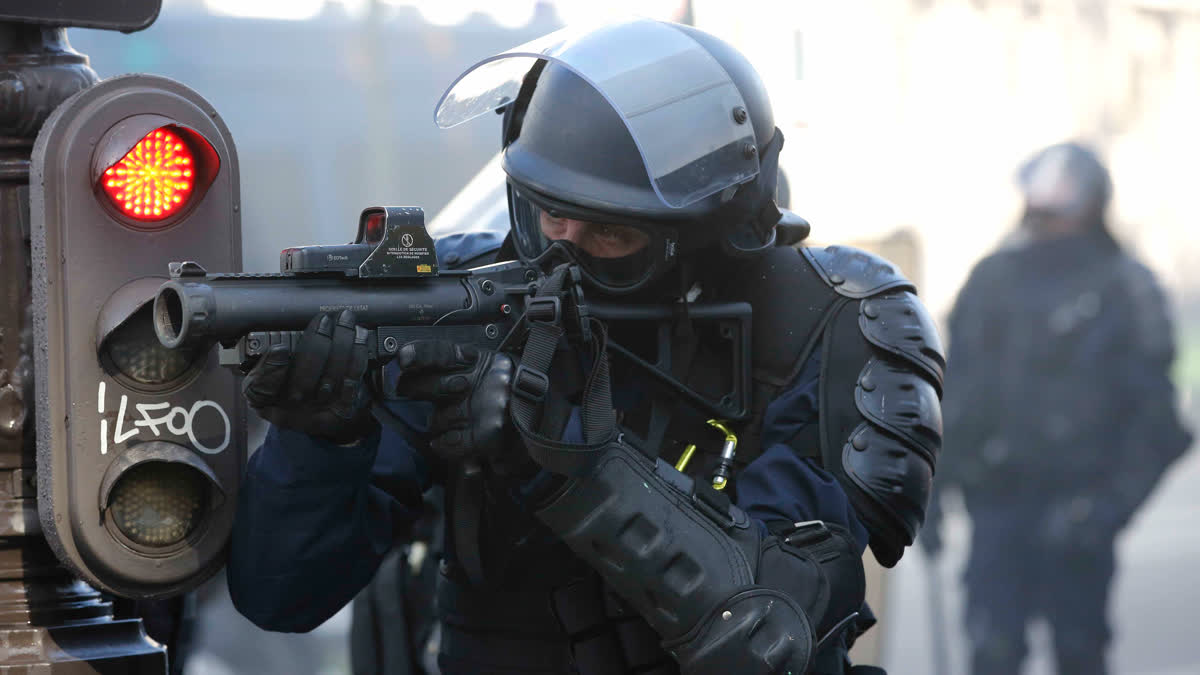Paris: The fatal police shooting of a 17-year-old outside Paris this week has set off widespread disorder in French suburbs, with protesters burning cars, garbage and buildings. The killing also has raised questions about whether France has failed to move on since it was wracked by weeks of urban rioting in 2005.
The shooting of the teen, identified as Nahel, was captured on video and shocked the country. It stirred up long-simmering tensions between police and young people in disadvantaged neighborhoods. It also prompted calls for a thorough overhaul of the conditions governing the use of weapons by police.
SHOOTINGS ON THE RISE- Thirteen people were killed in police shootings last year after not complying with orders during traffic stops, according to police. This year, three people, including Nahel — who failed to stop when ordered to — have died in similar circumstances.
More generally, the number of people killed by police officers after they refused to comply with an order is on the increase. In 2021, according to police figures, four people had been killed in such circumstances.

BLAME THE LAW? In the hours that followed the death of Nahel, the president of France's lower house of parliament, Yael Braun-Pivet, said that she's ready to reassess how a law governing gun use by police is being implemented. It was adopted in 2017, in the wake of a series of extremist attacks in France.
Since then, law enforcement officers can shoot at a vehicle when a driver fails to comply with an order, and when it is likely to endanger their lives or those of others. In the case of Nahel, the officer who fired the fatal shot will be investigated for voluntary homicide after an initial investigation concluded that "the conditions for the legal use of the weapon were not met."
Before the law was introduced, police officers had to prove self-defense to justify the use of a gun. Since it took effect, they have been authorized to fire on a vehicle "whose occupants are likely to perpetrate, in their flight, attacks on their life or physical integrity or that of others."
The internal security code, however, stipulates that the use of weapons is authorized only in cases of "absolute necessity and in a strictly proportionate manner." Researchers Sebastian Roché, Paul le Derff and Simon Varaine, who have produced a statistical analysis linking the increase in the number of deaths to the law, said a similar rise in deaths by shooting didn't occur in neighboring countries. They have also questioned the lack of appropriate training for police officers.

"There's a very clear correlation between this change in the law in 2017 and the rise in fatal police shootings," Roché told Le Nouvel Obs media. "On average, there are 25% more shootings, and five times more lethal shootings. Since 2017, there has been a clear shift in police practices towards an increase in police shootings."
A FRENCH PROBLEM? In addition to the lethal shootings, French police have also been regularly criticized for their violent tactics. During the yellow vest protests that started in 2018, a top European official criticized French authorities for their handling of the anti-government protests that rocked the country for months, urging them to "show more respect for human rights."
French police were also harshly criticized for their handling of the 2022 Champions League final that took place at the Stade de France, which is located in the Saint-Denis suburb. Police used tear gas on fans who were stuck in congested, slow-moving lines for hours before the game, which was eventually delayed by about 40 minutes.
More recently during a wave of demonstrations against the raise of the retirement age, French police were hit by claims they were too tough on protesters. Amnesty International, the International Federation of Human Rights and the Council of Europe — the continent's main human rights body — are among organizations that cited excessive use of force by French police.

PREVIOUS RIOTS- The unrest in French suburbs that started following Nahel's death is not unprecedented. Back in 2005, the electrocutions of Zyed Benna, 17, and Bouna Traore, 15, after they hid from police in a power substation in the Paris suburb of Clichy-sous-Bois sparked three weeks of rioting throughout France.
The nationwide riots raged through housing projects in troubled neighborhoods with large minority populations. Although they stemmed from the teens' deaths, they were fueled by deeper problems of discrimination, unemployment and a sense of alienation from French society.
WHAT'S NEXT? Nearly two decades later, those problems and that sense of injustice remain deeply rooted in French society. The response to the riots might be different, though.
There was no video in 2005 and rioting didn't spread as quickly as this time. Social media also amplified the latest killing. But while in 2005, the French government increased anger with a brutal response under a state-of-emergency law, French President Emmanuel Macron has been careful not to antagonize anyone in a bid to avoid an explosion of violence.
-
Les violences contre des commissariats, des écoles, des mairies, contre la République, sont injustifiables.
— Emmanuel Macron (@EmmanuelMacron) June 29, 2023 " class="align-text-top noRightClick twitterSection" data="
Merci aux policiers, aux gendarmes, aux sapeurs-pompiers et aux élus mobilisés.
Le recueillement, la Justice et le calme doivent guider les prochaines heures.
">Les violences contre des commissariats, des écoles, des mairies, contre la République, sont injustifiables.
— Emmanuel Macron (@EmmanuelMacron) June 29, 2023
Merci aux policiers, aux gendarmes, aux sapeurs-pompiers et aux élus mobilisés.
Le recueillement, la Justice et le calme doivent guider les prochaines heures.Les violences contre des commissariats, des écoles, des mairies, contre la République, sont injustifiables.
— Emmanuel Macron (@EmmanuelMacron) June 29, 2023
Merci aux policiers, aux gendarmes, aux sapeurs-pompiers et aux élus mobilisés.
Le recueillement, la Justice et le calme doivent guider les prochaines heures.
Macron's first reaction was to say that Nahel's death was "inexcusable." The video made it impossible for him and his ministers to argue that the shooting was justified. However, during the first two nights of riots, police officers have showed restraint in their use of force. In addition, the judicial decision to hand a preliminary charge of voluntary homicide to the main suspect, and to keep him in detention, could help ease tensions. (AP)
(Except for the headline, this story has not been edited by ETV Bharat staff and is published from a syndicated feed.)



